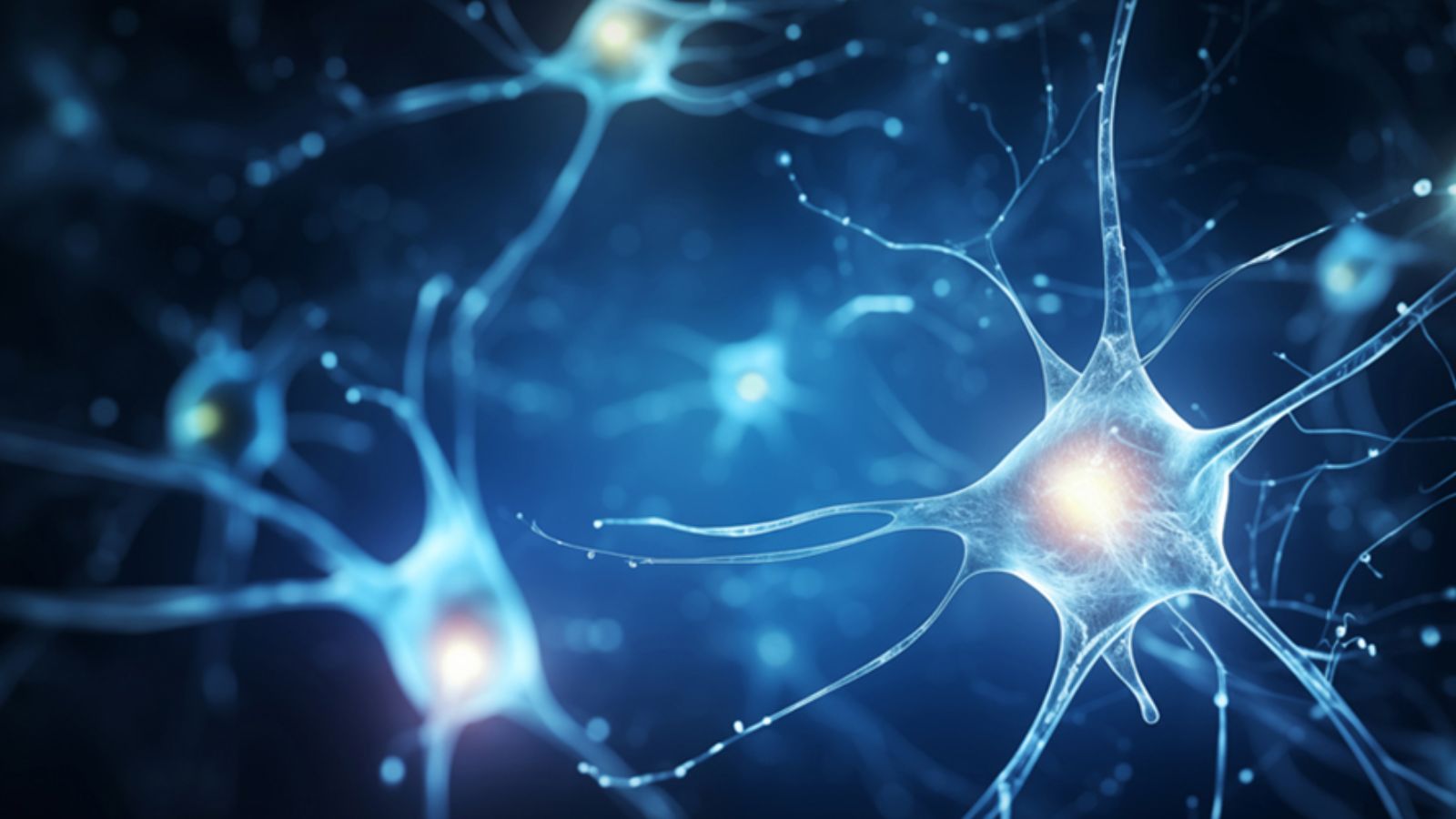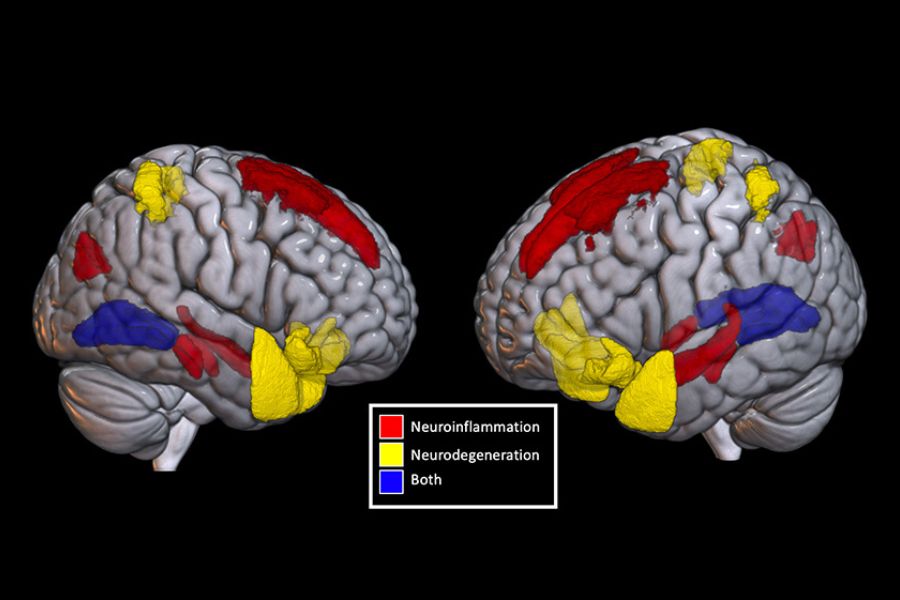
Researchers from UHN’s Krembil Brain Institute have delved into the intricate relationship between neuron hyperactivity and the accumulation of amyloid-β protein, unveiling promising pathways for early diagnosis and intervention of Alzheimer’s disease.
Alzheimer’s is a slow-progressing disease that can start years before any noticeable symptoms appear. Without any known cure, early detection and treatment of the disease is critical.
One key player identified in the progression of Alzheimer’s is amyloid-β (Aβ), a protein that accumulates in the brain and triggers excessive neuronal activity, which has been associated with the development of the disease.
A team led by Dr. Maurizio De Pittà, a scientist at Krembil Brain Institute and senior author of the study, applied mathematical models to explore the relationship between Aβ and excessive neuronal activity.
“In this study, we used mathematical models to mimic the intricate processes underlying Alzheimer’s,” explains Dr. De Pittà, who is also an assistant professor in the Department of Physiology at the University of Toronto.
“These models enable us to simulate, analyze and predict the interaction between Aβ and neuronal activity over time.”

Researchers found a complex relationship between Aβ and neuronal activity. A build-up of Aβ initiates a cascade of events that leads to excessive neuronal activity. This heightened activity, in turn, can also increase Aβ production, establishing a cycle that drives disease progression.
The researchers highlighted that the relationship between Aβ accumulation and neuronal hyperactivity differs from one brain region to another. Thus, understanding variations in brain activity across different regions can provide valuable insights into the diverse and intricate manifestations of Alzheimer’s disease.
“By unravelling the complex interactions in the brain, we can identify new avenues for early detection and targeted treatment,” concludes Dr. Giulio Bonifazi, a previous PhD student in Dr. De Pittà’s lab and first author of the study.
“With further research and clinical trials, these findings hold promise for transforming the diagnosis and management of Alzheimer’s disease.”
By UHN Research Communications
This work was supported by generous donors to UHN Foundation.

No one ever changed the world on their own but when the bright minds at UHN work together with donors we can redefine the world of health care together.


